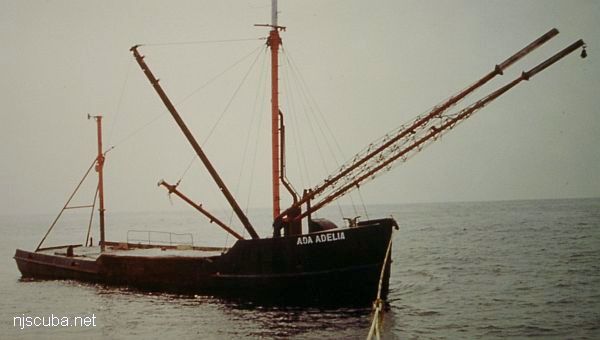
- Type:
- artificial reef, trawler, USA
- Built:
- 1866, Eastport ME USA
- Specs:
- ( 65 x 20 ft )
- Sponsor:
- Adelia Inc. & Andy Applegate
- Sunk:
- Friday Oct 11, 1991 - Atlantic City Artificial Reef
- GPS:
- 39°15.500' -74°13.880'
- Depth:
- 85 ft
More: Ada Adelia ...
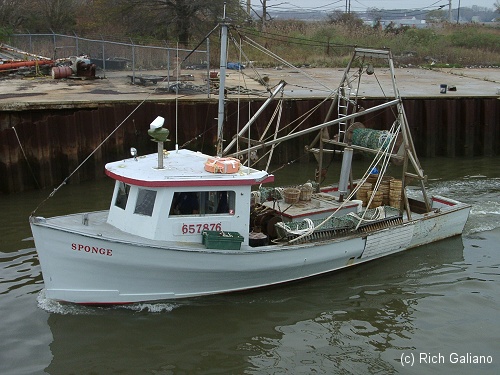
There are three basic types of commercial fishing vessels found in the Mid-Atlantic region: trawlers, seiners/gill-netters, and long-liners. A trawler or "dragger" operates by towing its fishing gear across the bottom. Weighted nets take bottom fishes, while cage-like steel dredges take clams and scallops. A seiner uses a floating net to encircle schools of surface-swimming fishes such as herring and tuna. A long-liner sets out miles of buoyed line with baited hooks to catch sharks, tuna, and swordfish. One could also add lobster boats and charter fishing or "head" boats to this list. And of course, dive boats.
More: Fishing Vessels ...

More: Ada Adelia ...
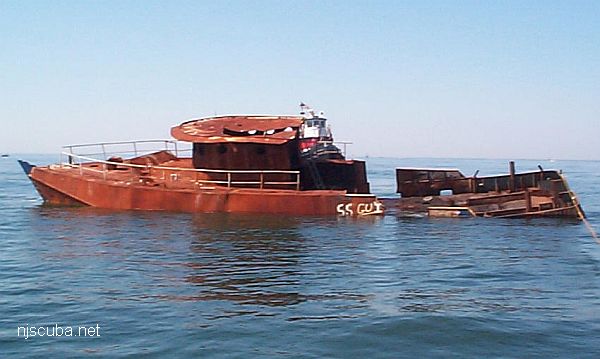
More: Ana Palmira ...
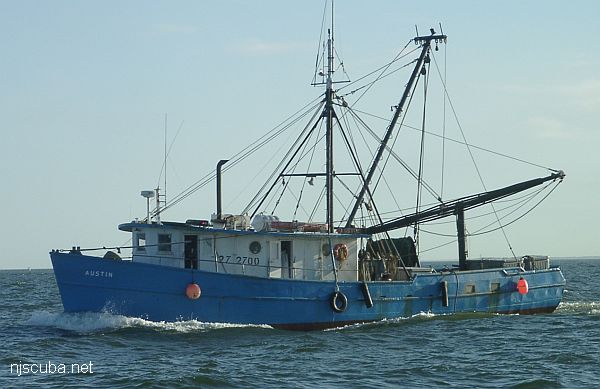
More: Austin ...
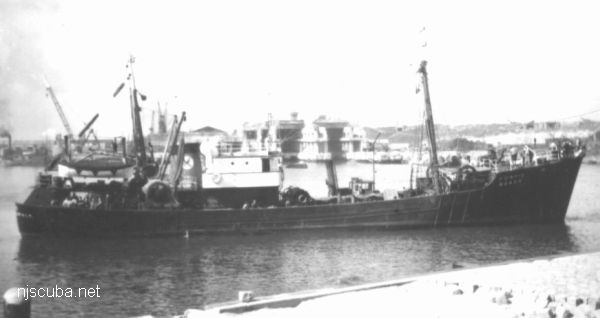
More: Bad Bob's Big Boat ...

More: Captain Sam ...
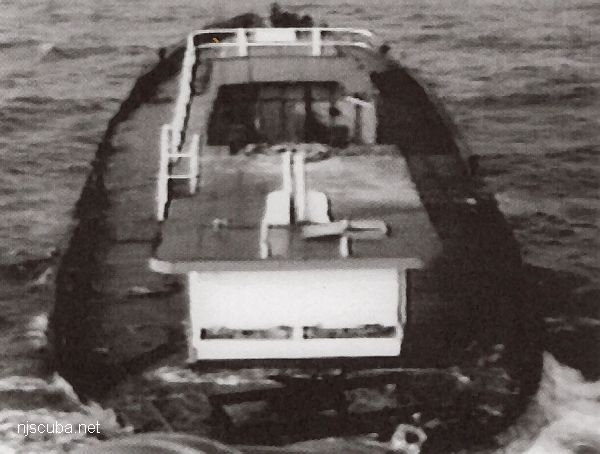
More: Carlson II ...
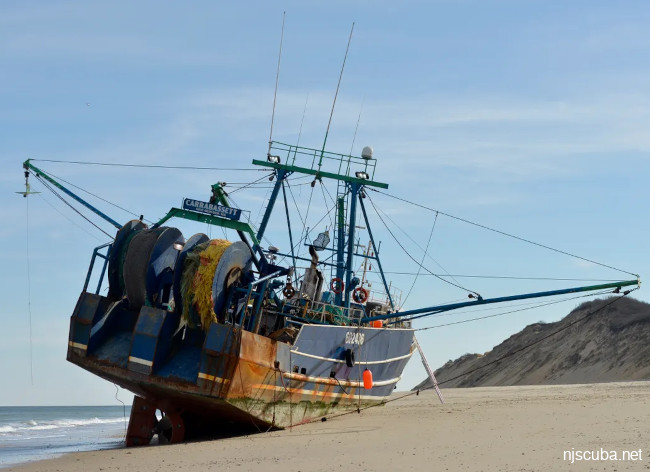
More: Carrabassett ...

More: Carter's Creek ...